Project Report: Eyes on the Reef. Using remote cameras to uncover the hidden habits of reef manta rays (Mobula alfredi) in the Maldives
2020
Lotte Krüger (MSc Integrative Zoology - University of Rostock)
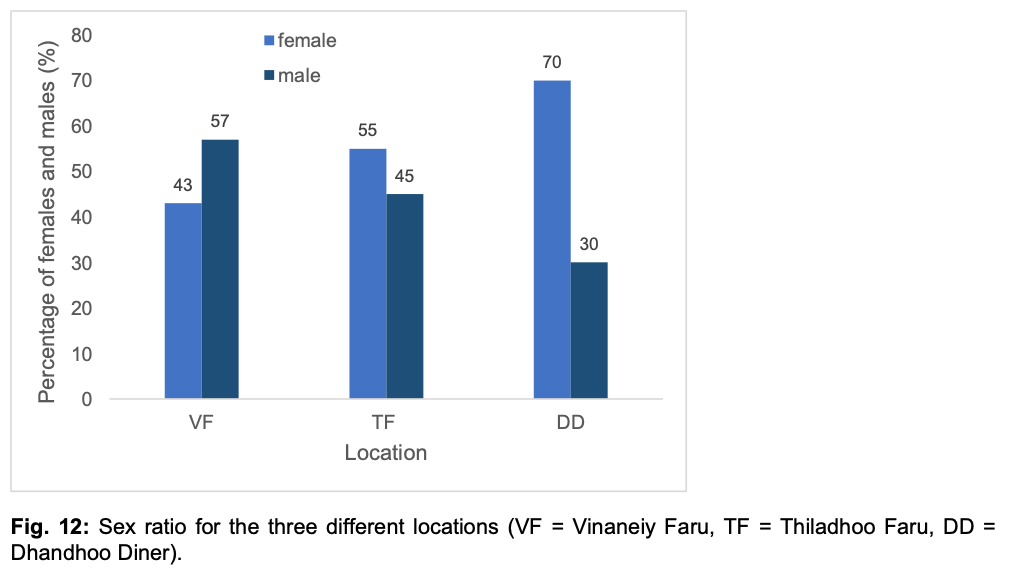
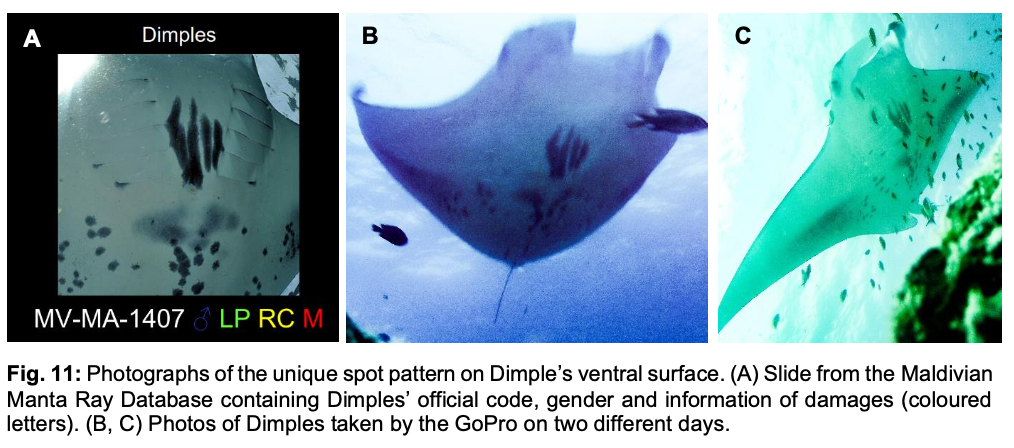
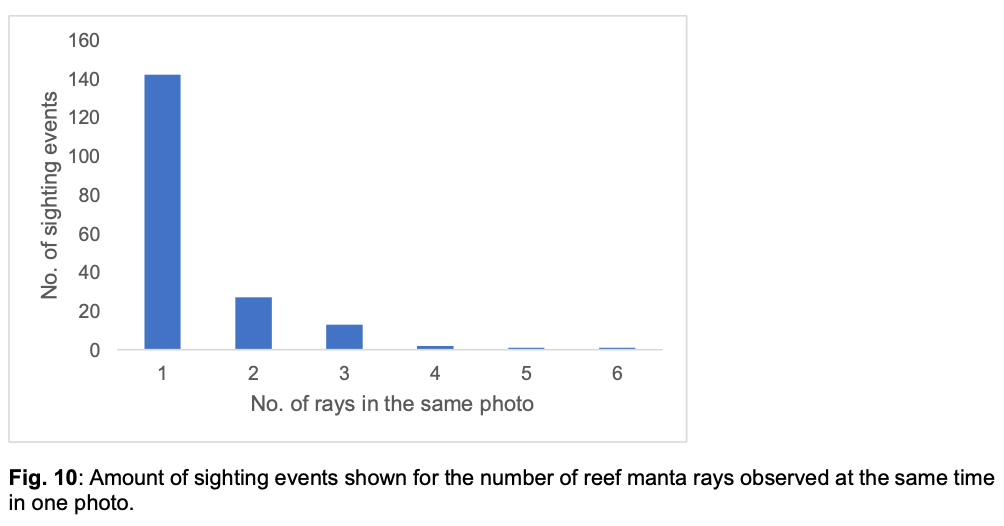
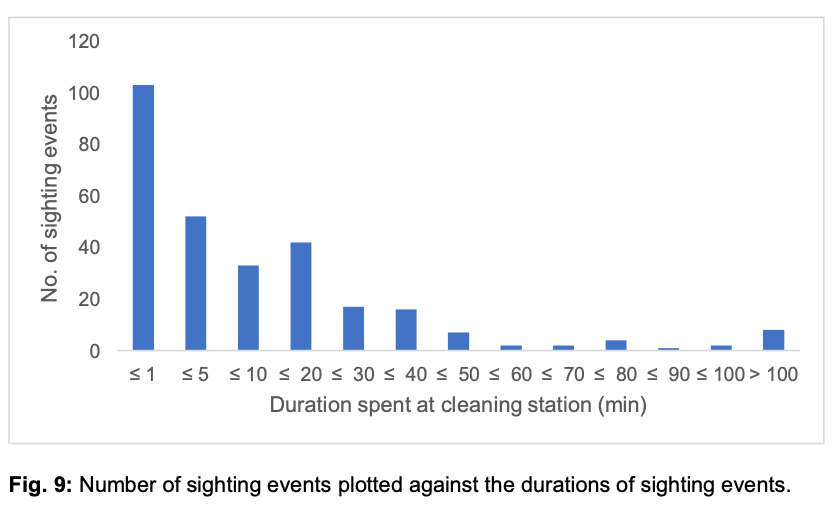
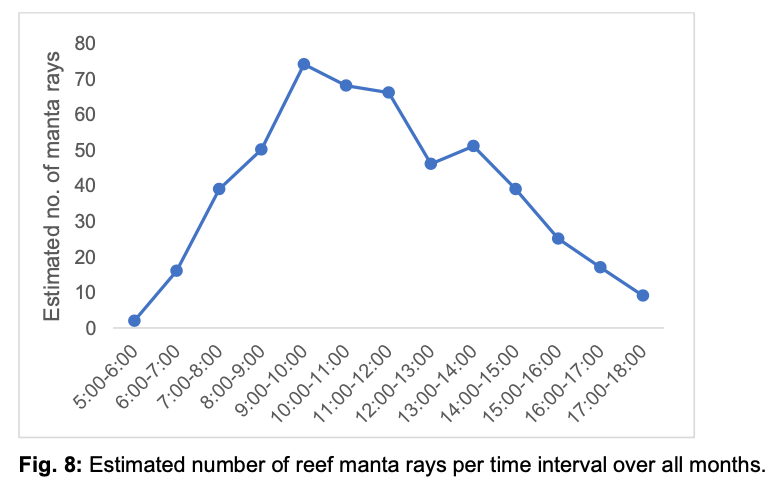
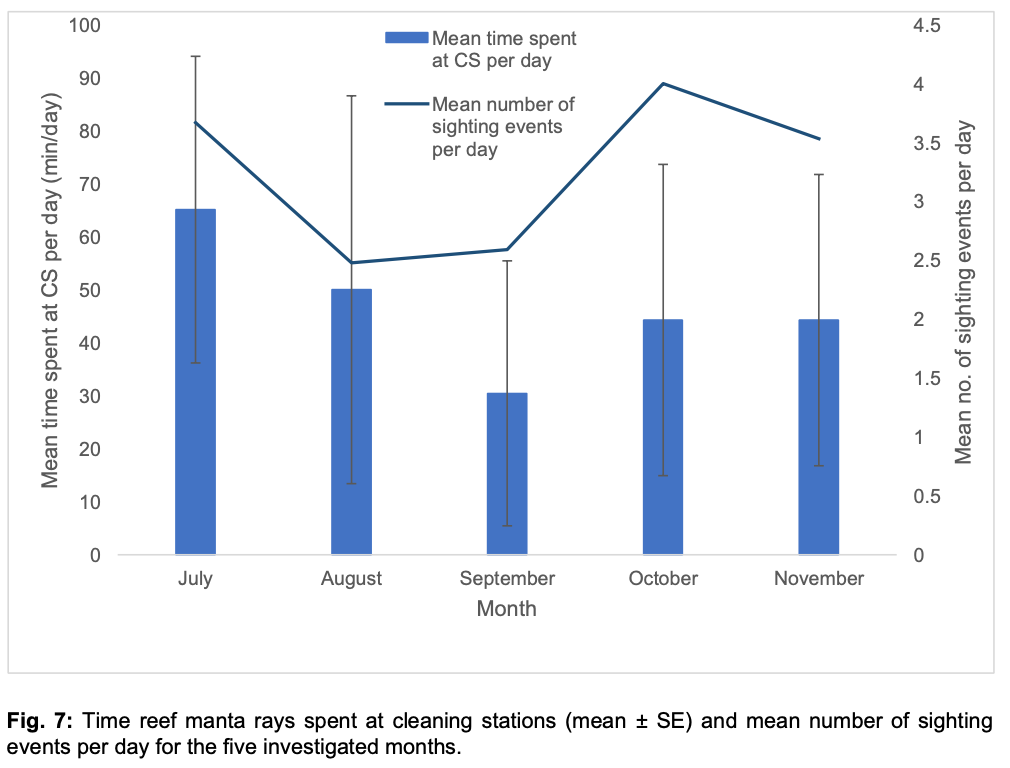

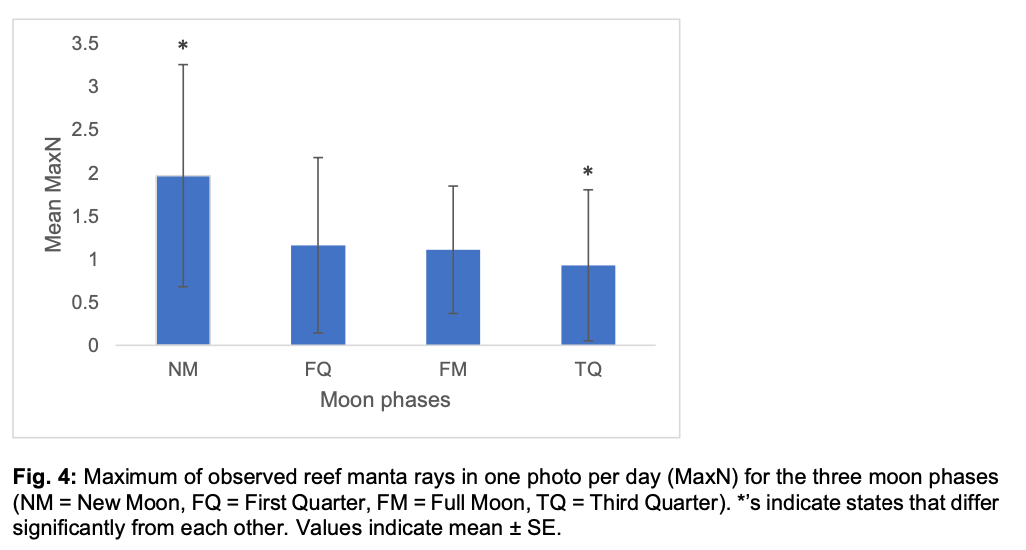
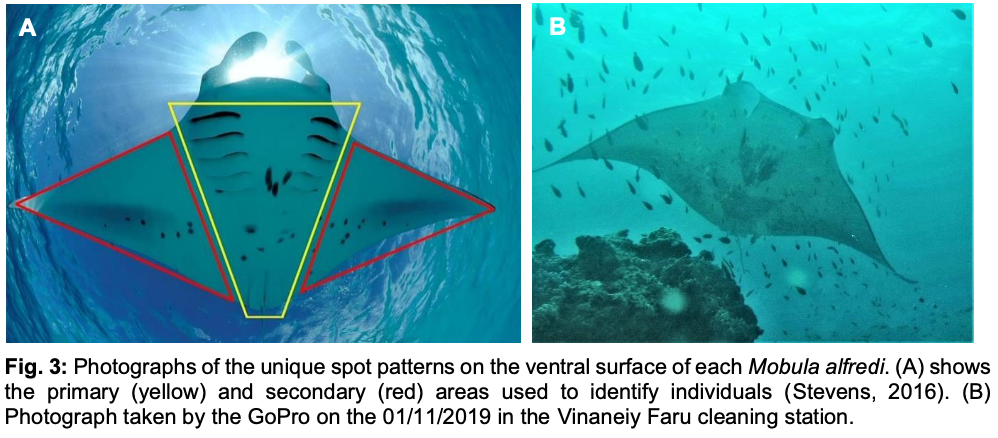
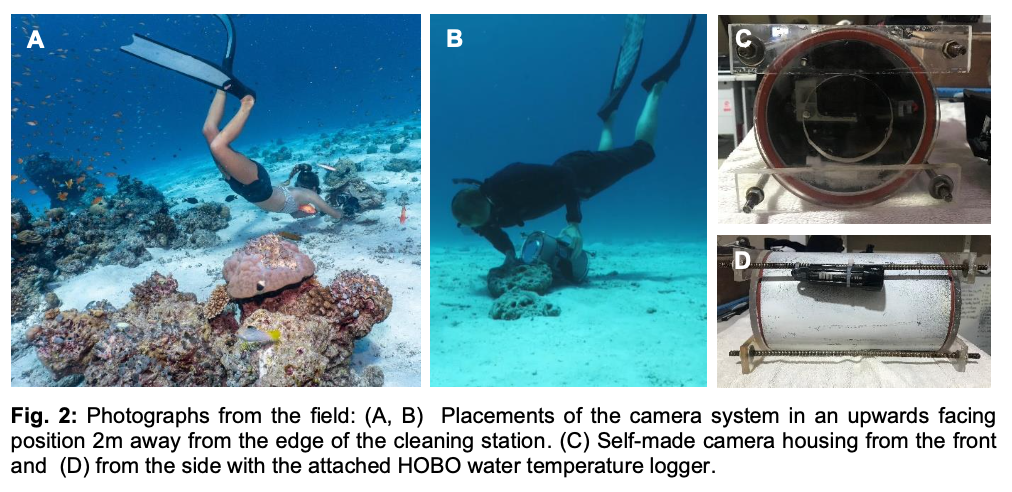
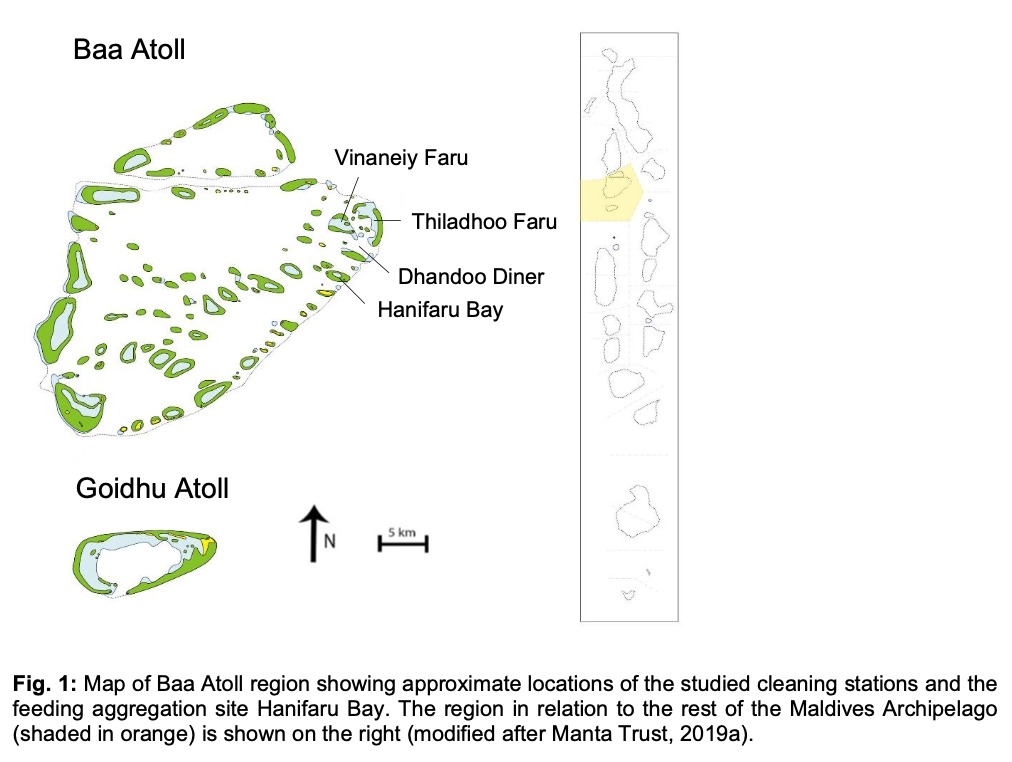
Summary: Reef manta rays (Mobula alfredi) are ecologically and economically important in the Maldives, attracting tourists and contributing to the country's economy. To ensure sustainable tourism and conservation efforts, this study used remote underwater time-lapse cameras to monitor three cleaning stations in the Baa Atoll region. The research focused on understanding the environmental factors influencing manta ray abundance at these stations. Results showed that moon phase and tidal phase were significant predictors, with higher abundances during new moon and specific tidal times. Temperature and month had no significant effects. The study also observed individual differences, social behaviour, and location variations, highlighting the need for continuous monitoring and further research for effective conservation strategies.
Abstract
“Reef manta rays (Mobula alfredi) are among the most charismatic creatures in our oceans attracting attention from tourists across the globe. These zooplanktivorous elasmobranchs are highly threatened directly and indirectly by human activities and are made further vulnerable due to their K-selective life history strategy of slow growth and low fecundity. As a result, populations have experienced global declines. In the Maldives, M. alfredi constitutes a major attraction for tourists, significantly contributing to the country’s economy. To enforce and maintain sustainable tourism activities, research of the species’ aggregation sites, behavioural patterns and the influencing environmental drivers is needed to provide robust, scientific guidance for successful conservation measurements.
In this study, three cleaning stations in the eastern Baa Atoll region of the Maldives were investigated using a novel remote underwater time-lapse camera system to allow long-term monitoring from July until November 2019. The influence of the following environmental factors on M. alfredi abundance was investigated: tidal phase, temperature, moon phase, time of the day and time within season (month). The moon phase was the most significant environmental predictor for M. alfredi with highest abundances during new moon. Higher visitation rates at cleaning stations during new moon were assumed to be a result of (1) an enhanced need for cleaning after mass feeding events and (2) more favourable cleaning conditions in the direct locations of the stations. Additionally, the times of tidal phases influenced the temporal presence of M. alfredi at cleaning stations with highest abundances during ebb and flood times, which might again be related to better cleaning conditions. Temperature and month showed no significant effects. However, a peak for sighting events was observed in October, possibly linked to courtship and mating behaviour.
Through photo identification, 129 different individuals could be identified showing differing sex ratios at each location and indicating a strong site affinity of observed individuals. Sighting events took up to 3.5 hours, demonstrating the essential and time-consuming role of cleaning for M. alfredi. Furthermore, in 25% of all sighting events manta rays were observed in groups of up to six individuals at a time. Enabling social behaviour might be an important driver for M. alfredi to visit cleaning stations, being partially independent of environmental factors. Differences in manta ray abundance were also found between the three locations. As this complicates differentiating environmental drivers from variation between geographic locations, it is strongly recommended to monitor locations continuously in the future for more robust data analyses. This work presents a first approach to answer important conservational questions for M. alfredi with the method of remote underwater systems in the Maldives. The remote under water time-lapse camera system has proven to be a great complementary method to the standard in-water data collection, offering deeper insights into the behaviour of M. alfredi at cleaning stations when humans are absent.”
Author Affiliations
University of Rostock
The Manta Trust
